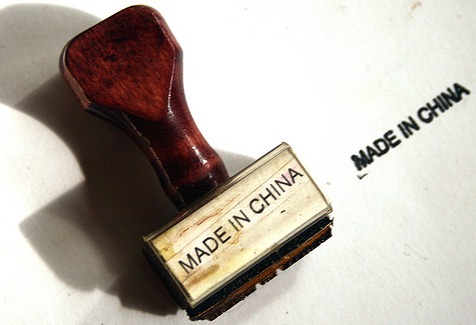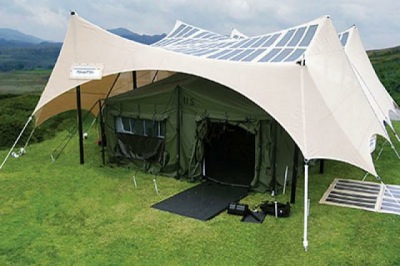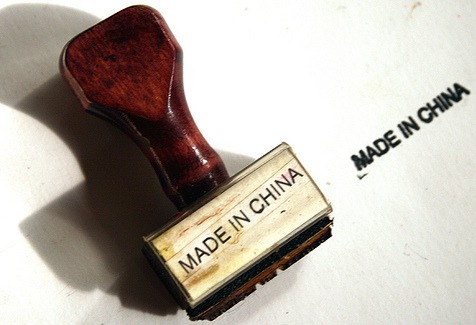 Photo: Christopher CozierAs Chinese President Hu Jintao arrives in Washington on Tuesday for a state visit, China’s growing dominance of the global solar industry has become a contentious issue.
Photo: Christopher CozierAs Chinese President Hu Jintao arrives in Washington on Tuesday for a state visit, China’s growing dominance of the global solar industry has become a contentious issue.
The Obama administration is reviewing a complaint from the United States Steelworkers union that China has violated free trade rules through its subsidization of renewable energy companies. Meanwhile, one American photovoltaic module maker, Evergreen Solar, is shutting down its Massachusetts factory and relocating manufacturing operations to China, lured by incentives offered the Chinese government.
But to see just how successful Chinese solar companies have been on U.S. turf, it’s worth taking a look at the latest numbers from the California Solar Initiative, or CSI. The CSI program is subsidizing the installation of 3,000 megawatts worth of solar panels on residential and commercial rooftops.
Of course, CSI is not the entire California market and doesn’t account for big solar farms built to supply electricity to the state’s utilities. But California is the largest solar market in the U.S., and CSI is a good proxy, offering a near real-time look at supply and demand for photovoltaic panels.
According to an analysis by Stephen Chin of UBS, four Chinese solar module makers supplied 39 percent of the CSI market in the fourth quarter of 2010.
A single Chinese company, Yingli Green Energy, had captured 17.5 percent of the market by year’s end. That’s up from Yingli’s 1.2 percent share of the market a year earlier. The company only entered the California market in 2009.
The other Chinese companies with significant shares of the California market are Suntech, Trina Solar, and Canadian Solar.
So how are the Yanks doing? The No. 2 solar supplier to the Golden State in the fourth quarter of 2010 was Silicon Valley’s SunPower, known for its cutting edge, high-efficiency solar panels. SunPower had 6.3 percent of the overall CSI market and was the No. 1 supplier of residential solar panels, with 5.2 percent of the market.
However, those numbers don’t reflect the coming surge in demand for solar panels to be installed in huge ground-mounted arrays to generate electricity for utilities.
For instance, earlier this month SunPower signed deals to supply 711 megawatts of electricity to Southern California desert from three massive solar farms the company will build in the Mojave Desert. (In contrast, the CSI program recorded about 71 megawatts of photovoltaic installations and reservations in the fourth quarter of 2010.)
But Chinese companies are also eager to make inroads into the photovoltaic power plant market, a much more complicated and potentially lucrative business.
In November, GCL-Poly Energy Holdings, a subsidiary of a little-known Chinese company that makes silicon wafers used in photovoltaic modules, struck a deal with California’s SolarReserve to develop solar farms in the desert Southwest.
While such numbers tend to make some U.S. politicians jump up and down, American solar executives I talk to tend to take a more measured stance, noting that the solar market remains in its infancy with room for all players at this point.
And as painful — and perhaps, unfair on some levels — as Chinese competition is, the executives are quick to say that the pressure to lower costs will ultimately result in a bigger and more powerful solar industry capable of overtaking fossil fuels.



